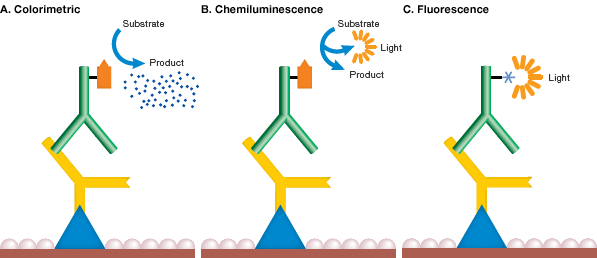

Typically, protein samples are resolved by their size by gel electrophoresis and transferred onto a membrane. Western Blotting / Immunoblotting (WB / IB) Description:Ī western blot is a technique used to identify the presence of an antigen in a particular tissue homogenate or protein extract. Western Blotting/Immunoblotting (WB/IB) ProtocolĮnzyme-Linked ImmunoSorbent Assay (ELISA) Protocolīlocking Peptide Competition Protocol (BPCP) High Throughput Antibody Characterization Services.

Loading Control Antibodies for Western Blot.Enhanced Validation Polyclonal Antibodies.After transfer, mark the orientation of the gel on the membrane.The field strength required is determined by the surface area and thickness of the gel: 0.8 mA/cm2 is a useful guide (1 h transfer). Transfer efficiency should be monitored by staining (see below). Tip: Time of transfer is dependent on the size of the proteins, percentage acrylamide, and gel thickness. For current, voltage, and transfer times specific to your apparatus, consult the manufacturer’s instructions. They can be removed by gently rolling a Pasteur pipet over each layer in the sandwich. Tip: Air bubbles may cause localized nontransfer of proteins. Tank-blotting: Avoiding air bubbles, place 4 sheets of filter paper on the fiber pad, followed by the gel, the membrane, 4 sheets of filter paper, and finally the second fiber pad.Semi-dry transfer: Avoiding air bubbles, place 4 sheets of filter paper on the cathode (negative, usually black), followed by the gel, the membrane, 4 sheets of filter paper, and finally the anode (positive, usually red).Proceed to step 4 if performing semi-dry transfer or step 5 if performing tank blotting. Soak filter paper in semi-dry or tank-blotting transfer buffer.Incubate membrane for 10 min in semi-dry or tank-blotting transfer buffer.Tip: To avoid contamination, always handle the filter paper, membrane, and gel with gloves. Cut 8 pieces of filter paper and a piece of membrane to the same size as the gel.Once transferred to the membrane, the proteins can be probed with epitope-specific antibodies or conjugates. Transfer efficiency can be checked by staining proteins on the membrane using Ponceau S (see Ponceau S staining). Results obtained with the tank-blotting method are typically better, with more efficient transfer, particularly of large proteins. With the tank-blotting method, a blotting cassette is submerged in a tank for blotting (see figure Tank- and semi-dry blotting methods).Tank blotting can be performed over extended periods since the buffer capacity is far greater than that with semi-dry transfer systems. SDS-coated, negatively charged proteins are transferred to the membrane when an electric current is applied. The membrane is placed near the anode (positively charged), and the gel is placed near the cathode (negatively charged). With the semi-dry electroblotting method, the gel and membrane are sandwiched between two stacks of filter paper that have been pre-wet with transfer buffer. Following electrophoresis, proteins in a polyacrylamide gel can be transferred to a positively charged membrane (e.g., Schleicher and Schuell BA85) in a buffer-tank–blotting apparatus or by semi-dry electroblotting as described below.


 0 kommentar(er)
0 kommentar(er)
